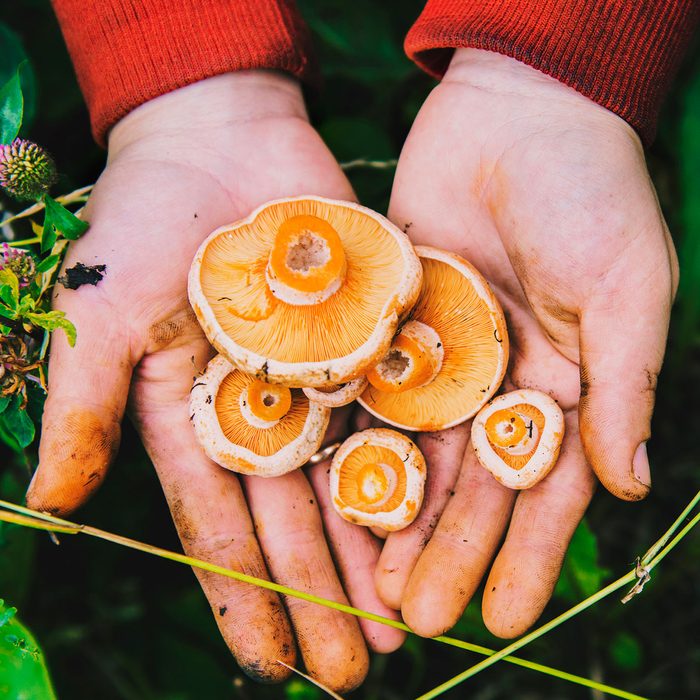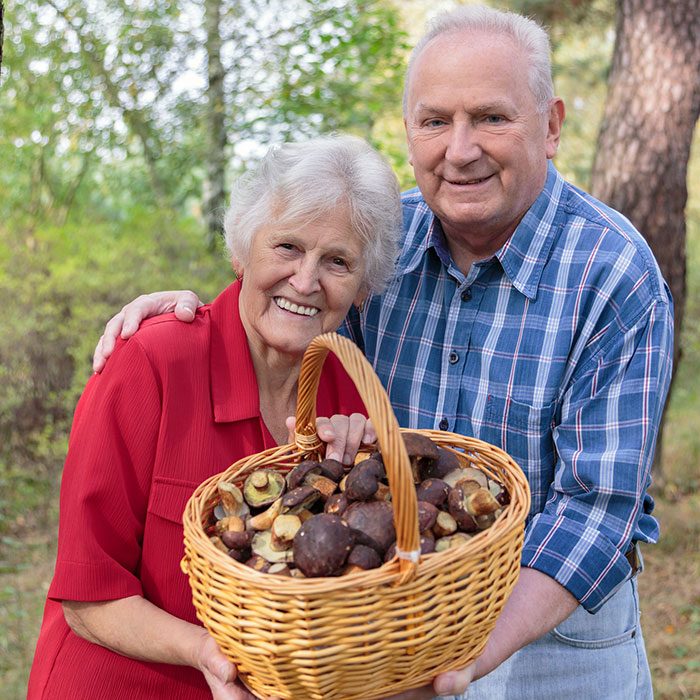
Find an Expert
The safest way to start mushroom foraging is to go out with a trusted expert. Experts can help you safely identify a mushroom, as well as provide you with excellent resources to learn more about your area’s fungi. There are a few different ways to find a trusted pro.
First, try searching online for your local mycological society. Then, check out mushroom foraging classes through reputed organizations such as Forage SF, WildCraft Studio School, Relish Culinary, Walk in the Woods, or Foraging and Mushroom Hunting Women of SoCal. Lastly, speak with representatives of your local parks, as some of them may offer mushroom foraging events for free or at a low cost, such as Griffith Park in Los Angeles.
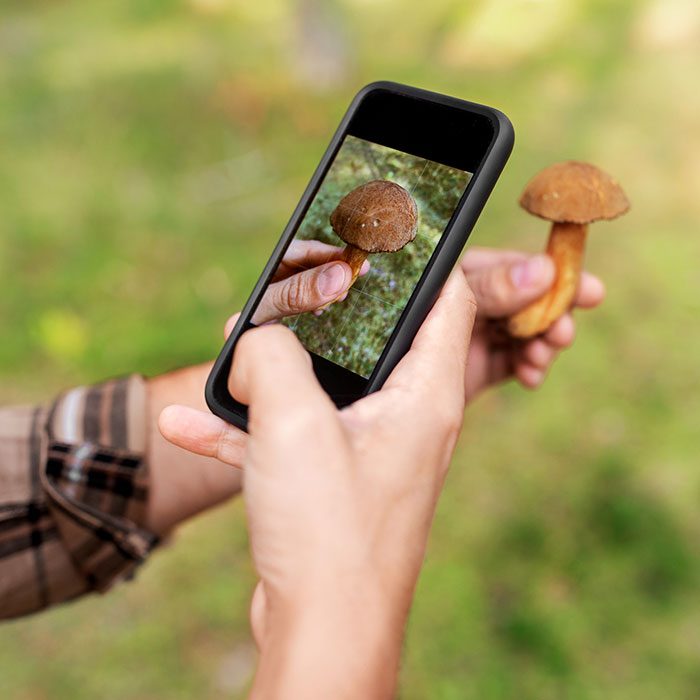
Use Guidebooks and Apps
On that note, be sure to check out educational resources, including those specific to your area. Reputable apps for beginners include iNaturalist and Wild Edibles Forage. Additionally, New York mushroom foraging expert “Wildman” Steve Brill has an app. That said, experts advise never to rely solely on apps for identification; check with books and experts too!
For books, try to find a regionally specific plant identification guide. West Coast Mushroom foraging experts Trent Blizzard, Iso Rabins, and Chelsea Heffner, recommended the following books to the New York Times:
-
- All That the Rain Promises and More by David Arora
- Mushrooms of the Redwood Coast by Noah Siegel and Christian Schwartz
- Mushrooms of the Pacific Northwest by Steve Trudell
- California Mushrooms by Dennis Dejardin, Michael Good, and Frederick Stevens
- Flavors of Home by Margit Roos-Collins
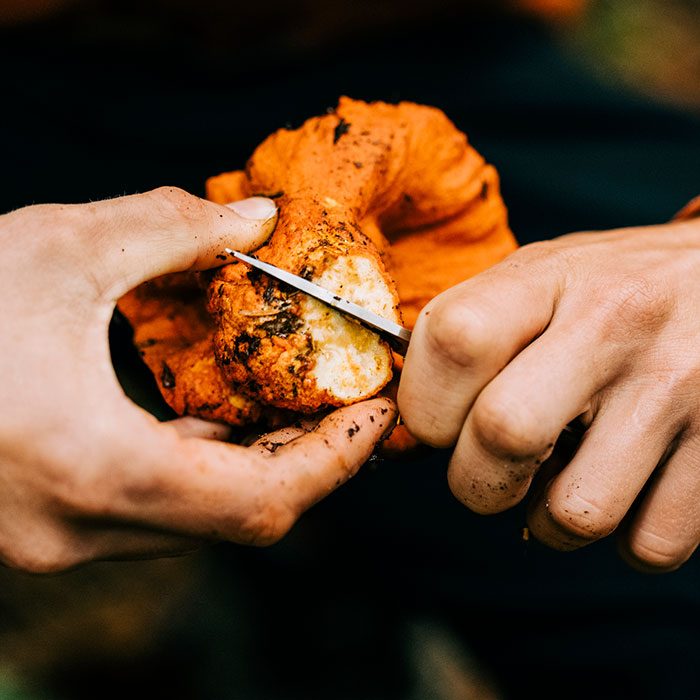
Memorize the Basics
When it comes to avoiding poisonous mushrooms, expert foragers have one golden rule, according to Seattle-based forager, writer, and teacher Langdon Cook: “never eat anything without 100 % certainty of identification.” Experts and books can help you with your general identifying, but it helps to know a few basics. First, know the North American mushrooms you absolutely should never consume: the death cap, the destroying angel and the galerina. Then, know the edible mushrooms you’re most likely to find: the puffball, chanterelle, oyster, chicken of the woods, maitake, lobster, porcini, lion’s mane and morel. When in doubt, stick to this short list and always have someone else double-check your IDs.
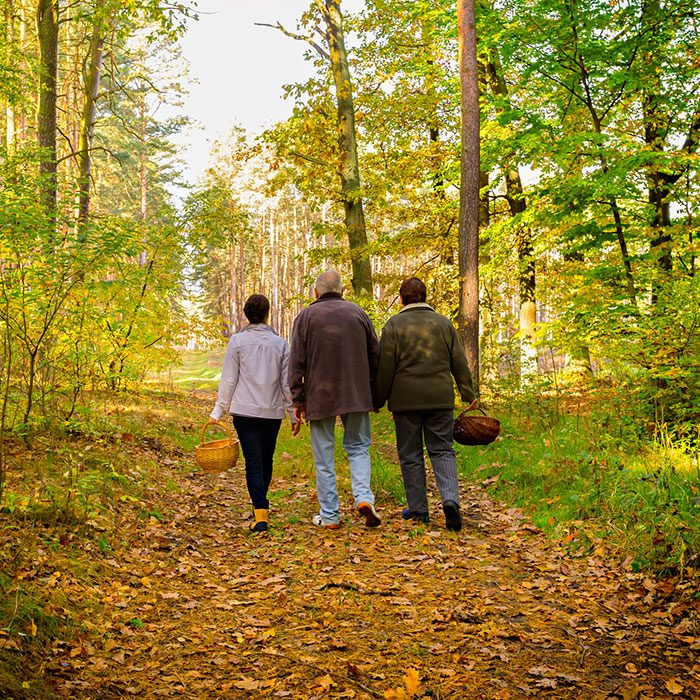
Build a Foraging Community
One key way to expand your mushroom knowledge and double-check your finds is to grow a mushroom foraging network. To find regionally specific communities, look for Facebook groups and Reddit forums. This way, you can take a photo of a mushroom and post it for identification feedback before harvesting it. Who knows? You might even make some new friends!
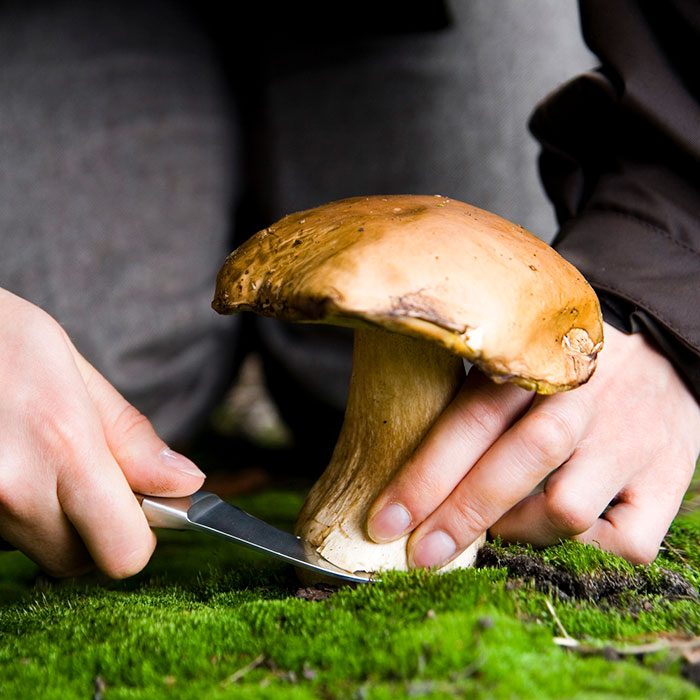
Get the Right Tools
According to Brill, you’ll want to carry paper bags to store your mushrooms in as well as a good navigation device (do not rely on your cell phone GPS!). Additionally, you’ll need a good knife. One of the basic rules of mushroom foraging is to cut mushrooms off instead of digging them up; this allows them to regrow year after year. That said, you may want to bring some digging tools to help manage downed tree branches or dirt.
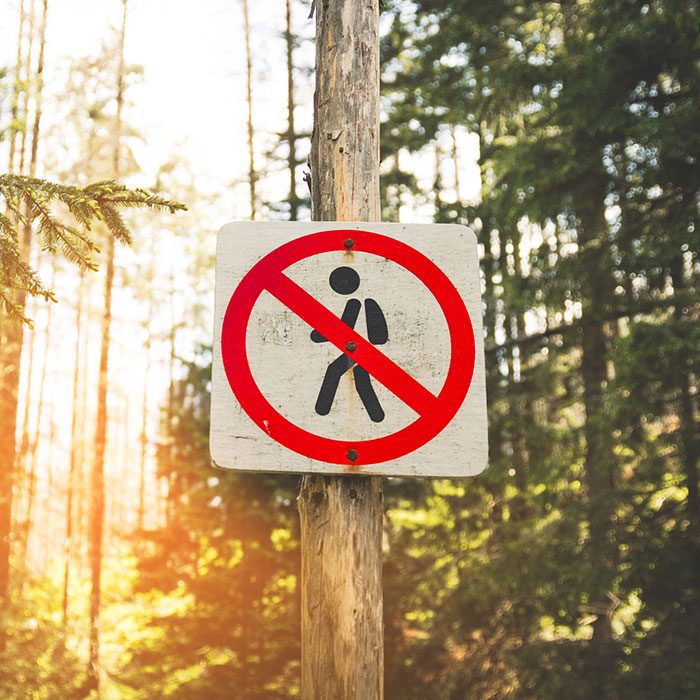
Learn Your Local Laws
Every park and forest has different laws around foraging. As a general rule, American parks advise visitors to limit the “collection of edibles, such as mushrooms and berries to what you can consume during your visit.” However, it is always wise to check your park’s website before a visit and speak to the local park rangers before harvesting anything. According to Bat Vardeh, the field trip chair of the Los Angeles Mycological Society, “For the most part, as long as you’re being ethical and conscious of your harvest—basically not out there to pick the forest clean and sell them—national forests are OK with foraging.”
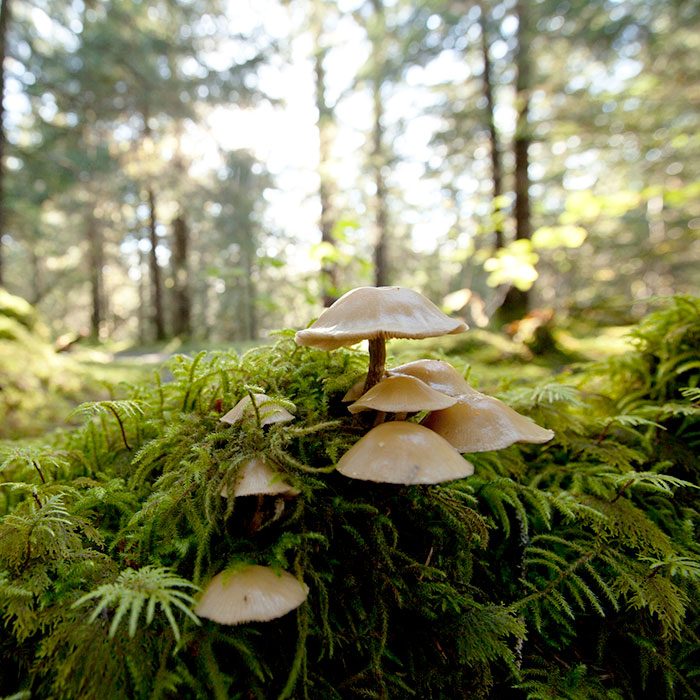
Know Where to Look
First off, it helps to forage after a good rain, since mushrooms thrive on moisture. Then, Brill suggests finding an area with many habitat varieties: “You want some open sunny areas, some edges, some fields, meadows, and woods.” This can help you find the widest variety of mushrooms. Additionally, Vardeh suggests not picking any mushrooms on the edges of trails (“the dog pee zone”) and seeking out plants that have symbiotic relationships with fungi, such as oak trees. Mushrooms also love downed logs or stumps, stream beds and burned parts of the forest.
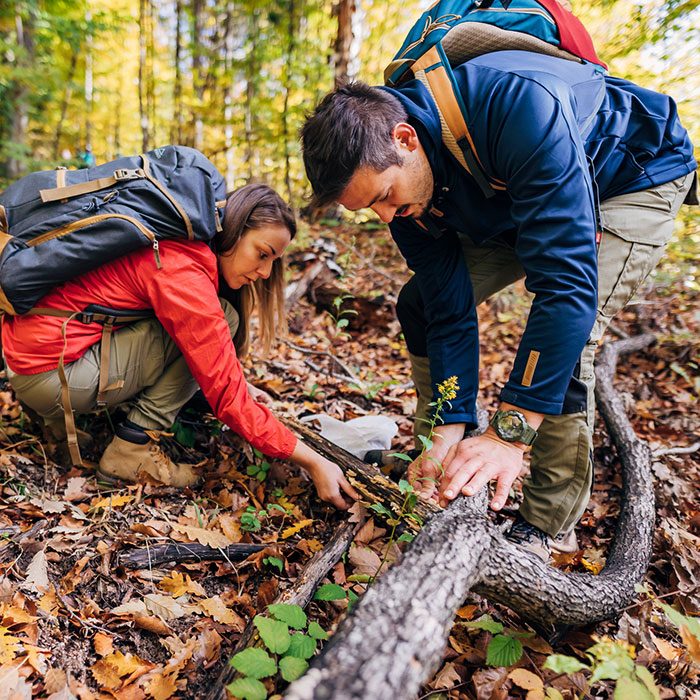
Dress Appropriately
Vardeh suggests wearing long sleeves and pants as some trails can be home to itchy insects and plants. Be sure your clothing is warm and moisture-wicking, especially if it is actively raining outside. A windbreaker or rain jacket is a great idea. For footwear, a pair of waterproof hiking boots over high-quality socks will keep your feet dry and warm in a damp environment.
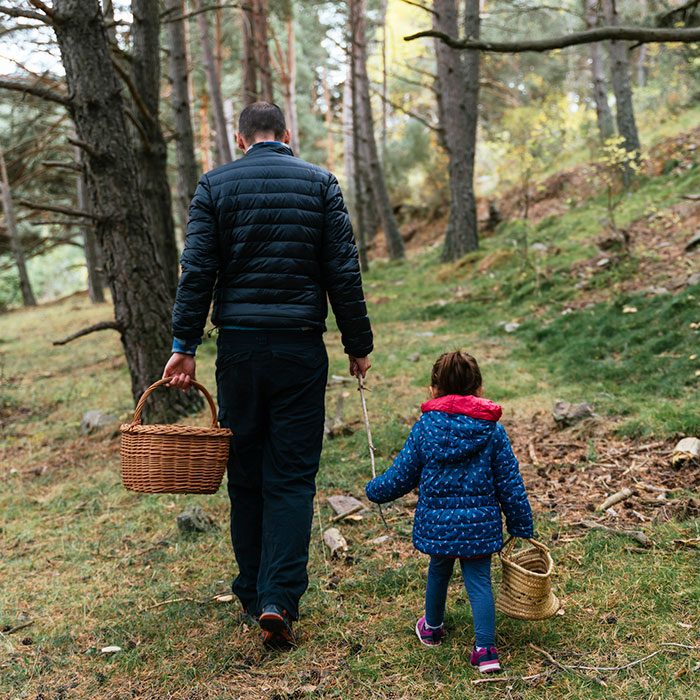
Get Out There!
As with any skill, mushroom foraging takes practice and diligence. So, the best way to learn is to get out there and do it! Just make sure to be extra careful of your IDs, let someone know where you’re going, and bring plenty of snacks and water. With any luck, you’ll be a mushroom maven in no time!
